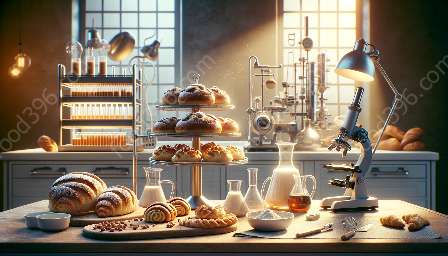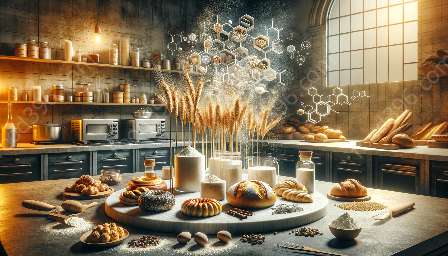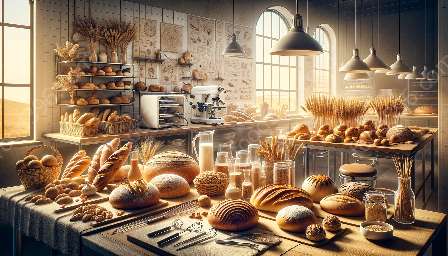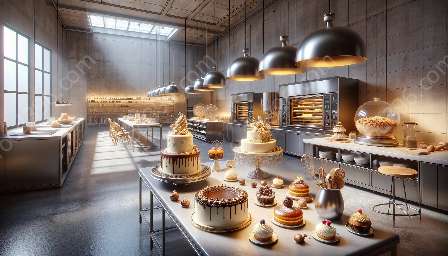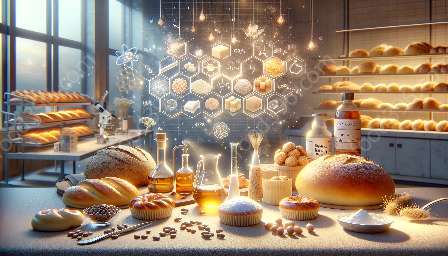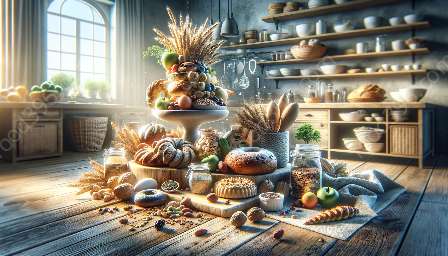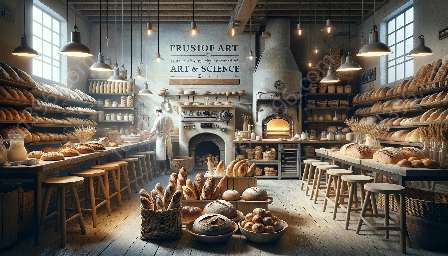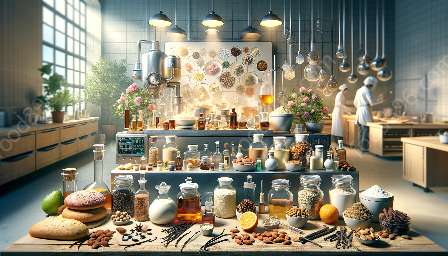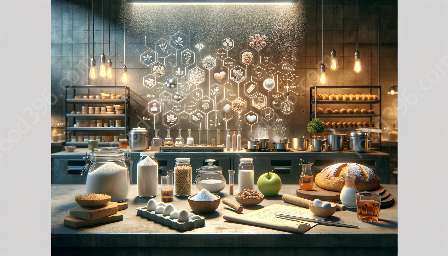Delve into the world of cake and pastry production, where baking science, technology, and the art of food and drink come together to create delectable treats. This comprehensive guide will cover the basics, techniques, ingredients, and innovative trends in the industry.
The Science and Technology of Baking
Baking science and technology play a crucial role in the production of cakes and pastries. Understanding the chemical reactions, physical processes, and technological advancements in baking is essential for achieving consistent, high-quality results.
Baking Science
Baking is a complex interplay of chemical reactions, heat transfer, and physical transformations. For example, leavening agents such as baking powder and baking soda release carbon dioxide gas when mixed with moisture and heat, causing the batter or dough to rise. Gluten development in dough leads to the formation of a network that traps gases, giving structure and rise to baked goods. Understanding the science behind these processes empowers bakers to make informed choices about ingredients and techniques.
Baking Technology
Advancements in baking technology have revolutionized the production of cakes and pastries. From precise temperature control in ovens to automated mixing and shaping equipment, modern technology has streamlined and improved the efficiency of bakery operations. In addition, the development of specialized ingredients and additives has expanded the range of textures, flavors, and shelf stability of baked goods.
Ingredients in Cake and Pastry Production
The selection and quality of ingredients significantly impact the taste, texture, and appearance of cakes and pastries. Here are some key ingredients used in cake and pastry production:
- Flour: The type and quality of flour affect the texture and structure of baked goods. Cake flour, with its lower protein content, is ideal for tender cakes, while all-purpose flour is suitable for a variety of baked goods.
- Sugar: Besides providing sweetness, sugar contributes to the tenderness, moisture, and browning of cakes and pastries. Different sugars, such as granulated sugar, brown sugar, and powdered sugar, offer unique characteristics.
- Fats: Butter, shortening, and oils add richness and moisture to cakes and pastries. They also play a role in tenderizing and contributing to the overall flavor.
- Eggs: Eggs act as leavening agents, contribute structure, and improve the texture of baked goods. They also enhance flavor and create a golden crust on the surface.
- Leavening Agents: Baking powder, baking soda, yeast, and whipped egg whites are common leavening agents that help cakes and pastries rise.
- Flavorings: Vanilla, cocoa, citrus zests, and spices add depth and complexity to the flavor profile of cakes and pastries.
- Liquid: Water, milk, buttermilk, and other liquids provide hydration and contribute to the overall texture of baked goods.
Techniques in Cake and Pastry Production
Mastery of fundamental baking techniques is essential for producing high-quality cakes and pastries. Here are some key techniques:
- Creaming Method: Creaming butter and sugar together creates a light and airy texture in cakes. Proper creaming incorporates air, leading to a tender crumb and good volume.
- Folding: Gently combining light, airy ingredients with heavier mixtures to maintain the airiness and volume in the batter or dough.
- Rubbing-In Method: Rubbing fat into flour to create a breadcrumb-like texture, which is used in the production of crumbly pastry dough.
- Pastry Lamination: Building layers of fat and dough through folding and rolling, resulting in flaky and tender pastry crusts.
- Gluten-Free and Allergen-Free Options: With increasing awareness of dietary restrictions, there is a growing demand for gluten-free, nut-free, and allergen-free cakes and pastries.
- Health-Conscious Ingredients: Incorporating ingredients such as whole grains, alternative sweeteners, and superfoods to cater to health-conscious consumers.
- Artistic Designs: Using advanced decorating techniques, edible printing technology, and sculpting to create visually stunning and customizable cakes and pastries.
- Sustainable Practices: Embracing environmentally friendly and sustainable practices, such as sourcing local ingredients, reducing food waste, and eco-friendly packaging.
Innovations in Cake and Pastry Production
The cake and pastry industry continues to evolve with innovative approaches and trends:
Conclusion
Cake and pastry production is a blend of art, science, and technology, offering endless opportunities for creativity and innovation. By understanding the principles of baking science, selecting high-quality ingredients, mastering essential techniques, and embracing cutting-edge trends, bakers can delight food and drink enthusiasts with a wide array of delectable treats.
